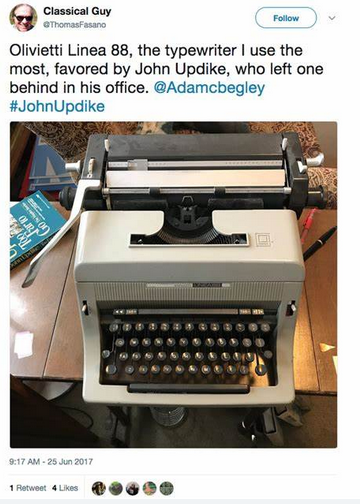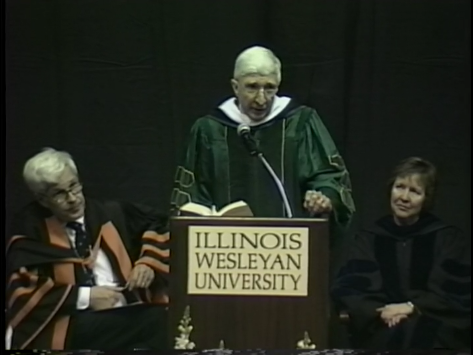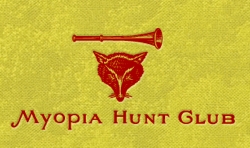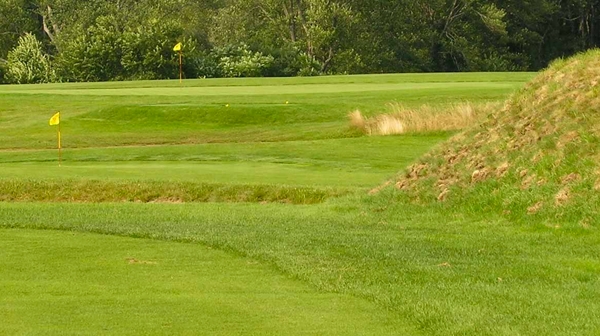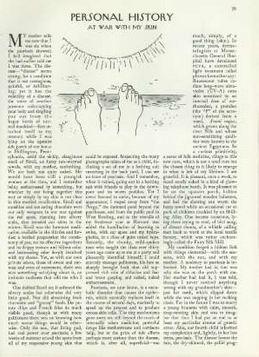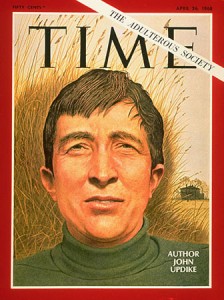One day after what would have been John Updike’s 91st birthday, The John Updike Society acquired the Pulitzer Prizewinning author’s typewriter from his four children. The purchase was made possible by a donation from The Robert and Adele Schiff Family Foundation, which provided the initial funding for the society to buy and restore The John Updike Childhood Home in Shillington, Pa.
The manual typewriter—an Olivetti Linea 88—was made in Great Britain in 1968-69, the year Updike moved with his family to London following the publication of Couples. It will be displayed in a case upstairs in the house at 117 Philadelphia Ave., where Updike lived from “age zero to thirteen” and where he said his “artistic eggs were hatched.” In the front bedroom of this house, at age eight, Updike used his mother’s portable Remington to type his first story, which began, “The tribe of Bum-Bums looked very solemn as they sat around their cozy cave fire.” According to biographer Adam Begley, Updike said, “I still carry intact within me my happiness when, elevated by the thickness of some books to the level of my mother’s typewriter, I began to tap at the keyboard and saw the perfect letter-forms leap up on the paper rolled around the platen.”
When the typewriter is installed at some point in the near future, it will instantly become the most important piece in this small museum, which celebrates Updike and the affection he felt for the house, the neighborhood, and Berks County. The John Updike Childhood Home is presently open Saturdays from 12-2 p.m. See the house website for more details about Updike and the house, which officially opened on October 2, 2021. The John Updike Childhood Home is listed on the National Register of Historic Places and was awarded a Pennsylvania Historic Marker.

